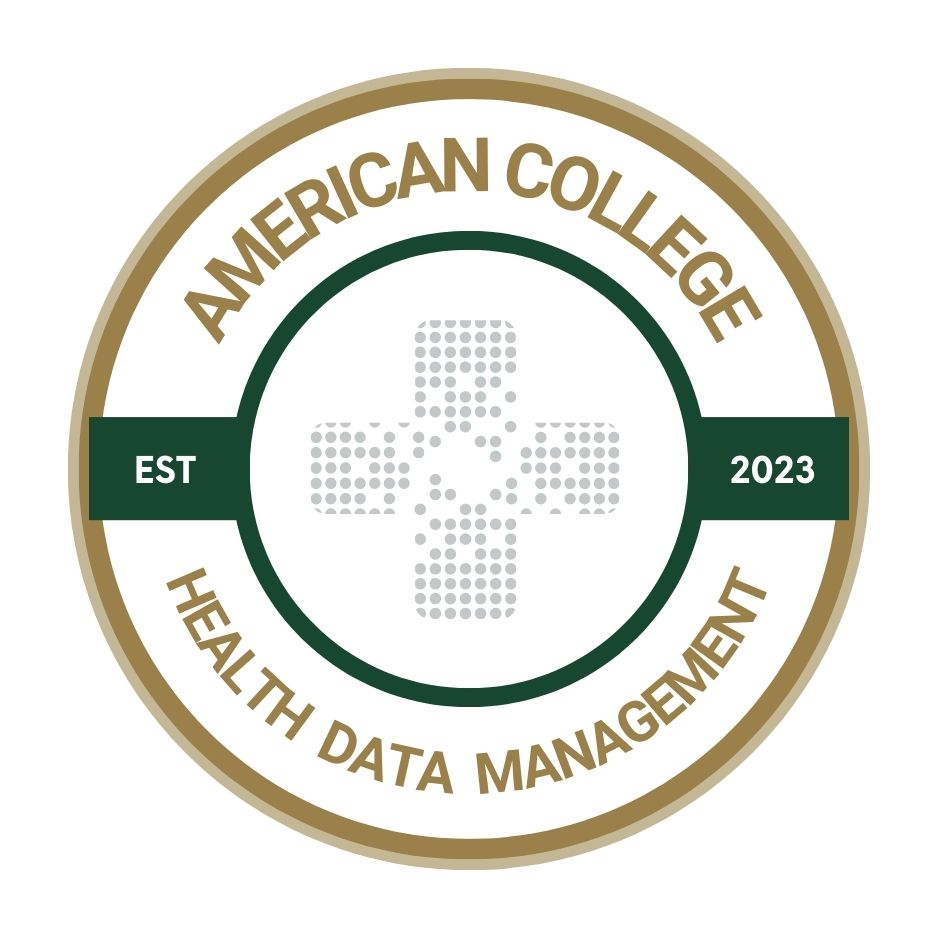How data interoperability can transform patient care
Despite facing challenges, improving interoperability is crucial to achieving the full promise of healthcare informatics.

In today's complex healthcare panorama, one of the most pressing challenges is the seamless exchange of patient records across one-of-a-kind healthcare structures and carriers. This is where information interoperability comes into play, serving as a critical component of healthcare informatics.
Informatics-powered interoperability is really revolutionizing patient care. But what precisely is data interoperability, and how is it making a difference in healthcare and patient results?
Unpacking data interoperability in healthcare
At its core, interoperability in healthcare refers to the capability of various health technology systems and software programs to talk, alternate information and use the information that has been exchanged. This functionality ensures that healthcare providers can access comprehensive and up-to-date patient information, no matter where or when the patient obtained care.
Think of it like this: if healthcare systems had been human beings, interoperability might be their common language. Just as human beings from exceptional international locations need a shared language to talk effectively, distinctive healthcare structures want interoperability to "talk" to each other and proportion important affected person data.
The Health Information and Management Systems Society (HIMSS) defines interoperability in healthcare as "the potential of various facts systems, gadgets or applications to connect, in a coordinated manner, inside and throughout organizational obstacles to get entry to, exchange and cooperatively use data amongst stakeholders, with the intention of optimizing the fitness of individuals and populations."
The building blocks of interoperability
Achieving authentic interoperability requires several key components.
Data standards. These are agreed-upon codecs for recording, storing and transmitting healthcare data. One of the most promising standards is HL7's FHIR (Fast Healthcare Interoperability Resources).
Application Programming Interfaces (APIs). These are interfaces that enable extraordinary software program structures to communicate with each other.
Health Information Exchanges (HIEs). These are entites that oversee and govern the exchange of fitness-related statistics among healthcare vendors and institutions.
FHIR ignites interoperability
FHIR, developed by Health Level Seven International (HL7), has emerged as a game-changer in health data interoperability. Unlike previous standards, FHIR is designed for the present-day Internet, making it easier for builders to develop and for systems to implement.
According to a survey by Chilmark Research, 72 percent of healthcare companies have been using or have plans to use FHIR. Major technology giants like Apple, Google and Microsoft also have embraced FHIR for their health records tasks, in addition to encouraging its adoption.
The critical role of interoperability
Interoperability isn't just a technical nicety — it is essential for achieving healthcare informatics and the delivery of remarkable patient care. Here's why.
Comprehensive patient records. Interoperability enables the introduction of complete affected person health statistics, pulling records from numerous vendors and systems.
Improved care coordination. When all healthcare providers have access to the same patient records, they can coordinate care more efficiently, decreasing duplications and avoiding mistakes.
Enhanced clinical decision making. With access to comprehensive patient records, healthcare companies can make knowledgeable choices through analysis and remedy.
Patient empowerment. Interoperability enables patients to get easier access to and manipulate their health information, promoting engagement in their personal healthcare.
Population health management. By aggregating records from more than one source, healthcare businesses can better examine developments and control the health of whole populations.
Interoperability in action
The potential of interoperability isn't just theoretical — it's already making a difference in healthcare systems around the world.
For example, the eHealth Exchange, one of the largest health information networks in the United States, demonstrates the potential of interoperability. Connecting more than 75 percent of all U.S. hospitals, 70,000 medical businesses, 3,400 dialysis centers and 8,300 pharmacies, the eHealth Exchange facilitates the sharing of data for more than 120 patients.
The network enables real-time sharing of patient information among healthcare systems, enhancing care coordination and patient outcomes. For example, if someone from New York gets sick while vacationing in California, clinicians can access that person's health information instantly, ensuring they can provide informed, appropriate care.
Another outstanding example is the Veterans Health Information Exchange (VHIE) software. This initiative lets the Department of Veterans Affairs (VA) share patient information with non-VA healthcare providers, improving the chances that veterans will receive optimal care no matter where they are.
A study published in the Journal of the American Medical Informatics Association found that the use of the VHIE is associated with a 58 percent reduction in unnecessary clinical exams. This results in improved patient experience as well as offers the potential to achieve substantial cost financial savings.
Challenges on the road to interoperability
Despite its vast potential, attaining full data interoperability in healthcare is not without challenges. These include:
Technical hurdles. Different health structures regularly use specific software and statistics codecs, making integration complicated and time-intensive.
Data privacy and security concerns. Sharing sensitive patient data throughout structures requires carefully structured safety features to comply with policies like HIPAA in the U.S. Or GDPR in Europe.
Cost barriers. Implementing interoperability solutions may be expensive, particularly for smaller healthcare carriers or those with limited resources.
Resistance to change. Some healthcare providers may be reluctant to adopt new structures or change traditional workflows.
Data governance issues. Determining who owns and controls patient data when it's shared throughout healthcare organizations may be complicated.
The future of interoperability
Despite these challenges, the momentum toward improving interoperability in healthcare continues to grow. In the U.S., the Office of the National Coordinator for Health Information Technology (ONC) is carrying out policies to promote interoperability and discourage information blocking.
Looking ahead, emerging technology like blockchain and artificial intelligence (AI) may play a huge role in advancing interoperability. Blockchain could offer a secure, decentralized manner to provide access to health data, while AI could help standardize and decode data from various sources.
Data interoperability is only a technical solution — it is an essential shift in how we manage the exchange of healthcare data. By breaking down silos of data statistics silos and enabling the free exchange of healthcare data, interoperability is paving the way for coordinated, efficient and patient-targeted care.
As we continue to navigate the complexities of contemporary healthcare, enhancing the exchange of patient data may be crucial to achieving the full promise of healthcare informatics. The journey towards full interoperability may be challenging, but the potential benefits for patient care and health make it highly worth pursuing.
Herat Joshi, Ph.D, BE, PMP, FACHDM is lead of the data science team at Great River Health System. Md. Mehedi Hassan is chairman and CEO of The Virtual BD IT Company.
